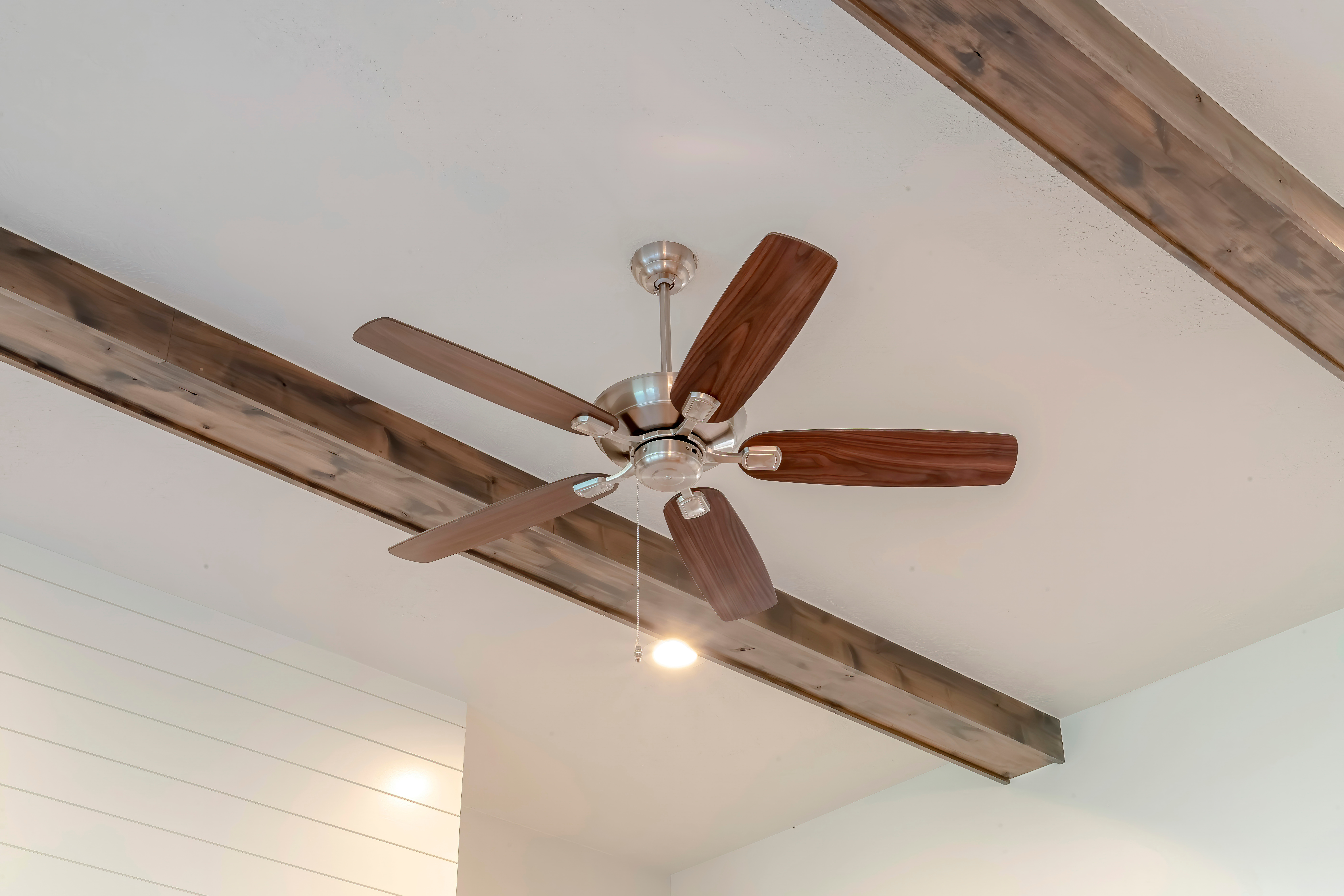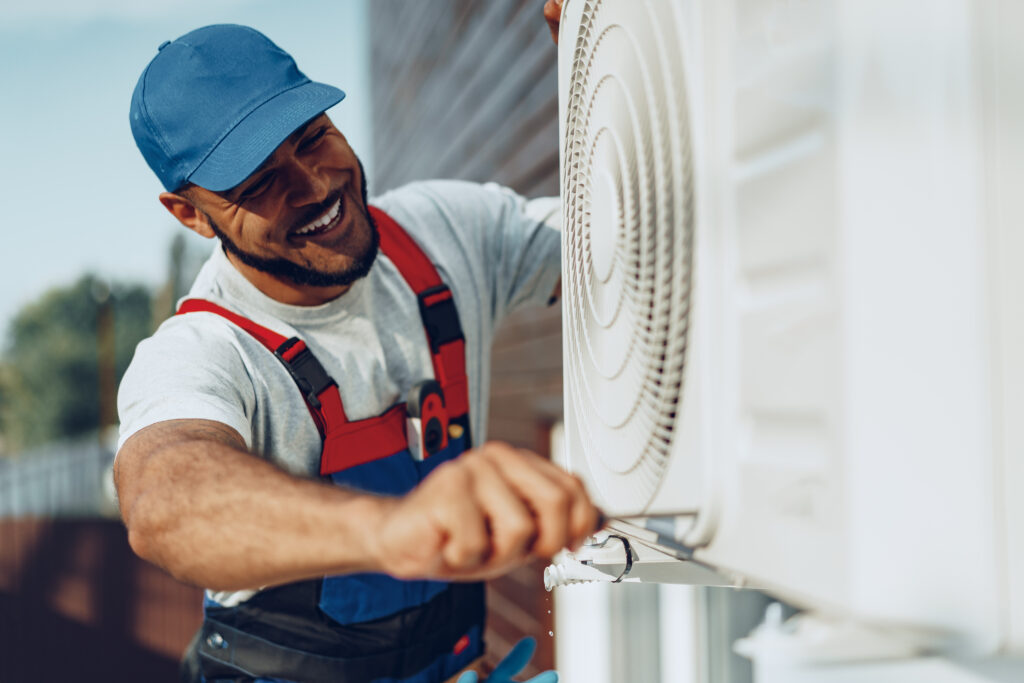Ceiling Fan Direction with Air Conditioning: The Smart Homeowners’ Guide
Managing indoor comfort during the warmer months is more than just cranking up the air conditioning. One small, often overlooked detail—ceiling fan direction—has a surprisingly big impact on how effectively you cool your home. When used correctly in tandem with your AC system, ceiling fans can improve airflow, reduce energy bills, and ease the strain on your HVAC. This guide breaks down exactly how ceiling fan direction works, how it supports your air conditioning system, and what every homeowner needs to know to optimize this pairing. Let’s walk through it from top to bottom, because in the world of smart homeownership, the details matter.
How Ceiling Fans and Air Conditioning Work Together
Ceiling fans and air conditioning are not competitors—they’re collaborators. The central AC system actually modifies the temperature of the air in your home, cooling or heating it depending on the thermostat setting. By contrast, ceiling fans don’t alter air temperature. Instead, their role is to circulate the air, creating a wind-chill effect that helps your body feel cooler. This subtle synergy allows you to raise your AC’s thermostat by several degrees while still maintaining personal comfort, reducing energy consumption without sacrificing coolness. That’s cost-effective climate control at its best.
Understanding Fan Direction: Summer vs. Winter
Ceiling fans are engineered with reversible motors, allowing the blades to spin either clockwise or counterclockwise. Direction matters—and dramatically so. In the summer, fans should spin counterclockwise when viewed from beneath, pushing air downward to create a breeze across your skin. This promotes faster evaporation of sweat, enhancing your perception of coolness even if the room’s actual temperature remains unchanged. In winter, the fan should spin clockwise at a low speed to gently distribute warm air that naturally rises to the ceiling, improving overall heat circulation. When paired with your air conditioning system during hot months, a counterclockwise fan aids in delivering cold air more efficiently, allowing your AC not to work overtime. You get more for less, and your HVAC thanks you.
Advantages of Using Ceiling Fans with Air Conditioning
The simple act of setting a fan’s rotation isn’t just practical—it’s strategic. One core advantage is energy efficiency. According to the U.S. Department of Energy, using a ceiling fan while raising the thermostat by 4°F can provide the same level of comfort, potentially cutting cooling costs by up to 10%. Another benefit is equipment longevity. When the AC doesn’t have to work as hard, system wear reduces, extending the lifespan of your unit. Also, fan-assisted airflow minimizes hot spots—those stubborn, uneven zones in your home where cool air never seems to settle. Additionally, in multi-story homes, ceiling fans help carry cooled air down from upper levels, improving consistency. When aligned and fine-tuned, fan direction becomes an intelligent extension of your HVAC system—not a decorative afterthought.
Common Drawbacks and Misconceptions
Despite their benefits, ceiling fans have their limitations. Perhaps the most common mistake is assuming they cool rooms, not people. A fan left running in an unoccupied room is simply spinning wheels in both a literal and energy-wasting sense. Another challenge lies in inconsistent settings. Ceiling fans don’t come pre-set or self-correcting. If their direction isn’t manually adjusted seasonally, you’re cutting your HVAC’s impact in half. There’s also the issue of placement. Fans placed too close to ceilings or in rooms with obstructed airflow—like cluttered offices or low-clearance attics—offer minimal assistance. While they can amplify HVAC efficiency, fans are not substitutes for AC maintenance, upgraded insulation, or smart zoning. Relying solely on one or the other creates a gap in year-round comfort. As always, the best approach is an integrated one.
How to Check and Change Your Fan’s Direction Safely
Adjusting the fan’s direction takes less than a minute but can pay off all season. Step one: stand underneath the ceiling fan while it’s on. For summer use, the blades should be turning counterclockwise, pushing air downward. You should feel a direct breeze. If not, turn off the fan completely and locate the small toggle switch on the motor housing. Flip it, turn the fan back on, and reassess airflow. For models with remote controls or smart home integration, direction may be adjustable via the interface. As for safety, always make the switch with the fan fully stopped. Use a stable ladder and good lighting—this is a hands-on house task, not a guesswork gamble. Regular ceiling fan checks take five minutes and save you far more in energy costs.
Optimizing for HVAC Efficiency and Warranty Protection
If your HVAC system is underperforming despite following best practices like ceiling fan optimization, the issue may run deeper—potentially even into repair territory. An efficiently run HVAC paired with fans prolongs system health and reduces chances of overload. However, if your air conditioning is already working against a backlog of maintenance issues, fan usage won’t mask the bigger problem. That’s where a home warranty steps in. A high-quality home warranty program gives you a support system. If your cooling system stalls or your ceiling fans malfunction due to wear and tear, you’re covered. Reduced downtime, minimized repair costs, and faster resolutions add up to long-term peace of mind. Fan performance and HVAC readiness go hand in hand—protect them both.
Why Armadillo Is the Right Partner In Home Comfort Planning
The modern homeowner doesn’t just want gadgets—they want guarantees. That’s exactly what Armadillo offers. As a leading provider in the home warranty space, Armadillo knows that systems like air conditioning and ceiling fans are interconnected. That’s why we provide plans tailored specifically for whole-home operations—not just piece-by-piece solutions. Our coverage fills the gap between manufacturer warranties and unplanned expenses, giving you proactive control. If your HVAC or ceiling fan system needs service, Armadillo is designed to respond. We stand behind repair protection, seamless customer service, and smart digital plan building that starts with just your ZIP code. Learn more at Armadillo.one, or go ahead and begin customizing your protection at our plan builder tool. Because every part of your home matters—especially when it works together.


























